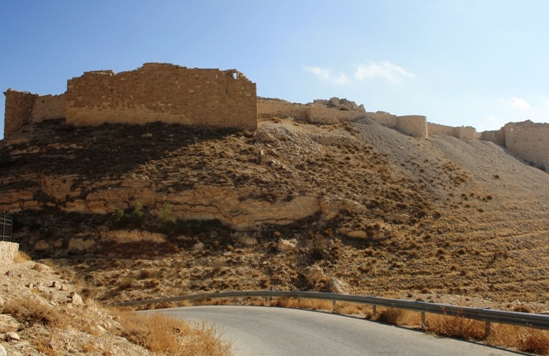

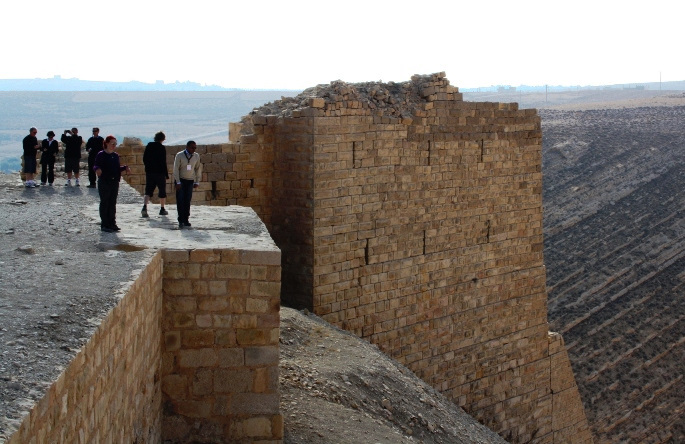

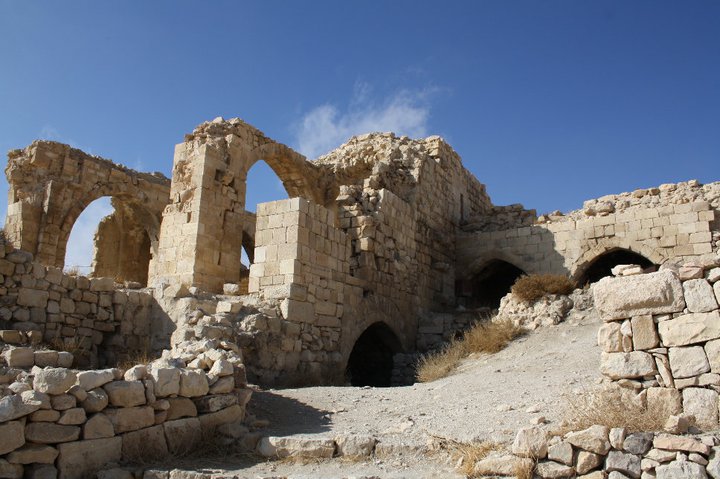





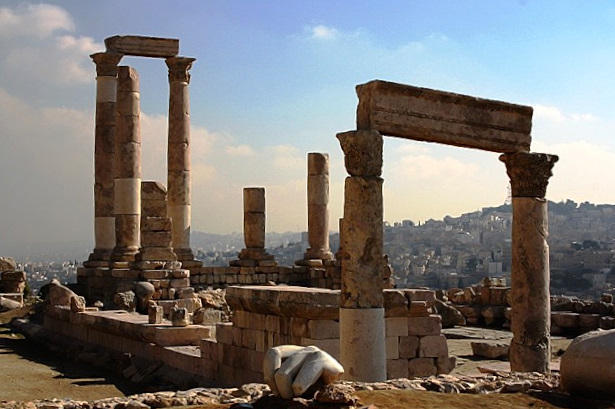
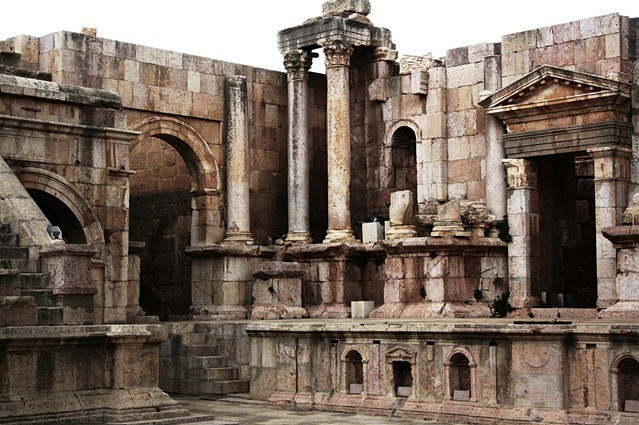



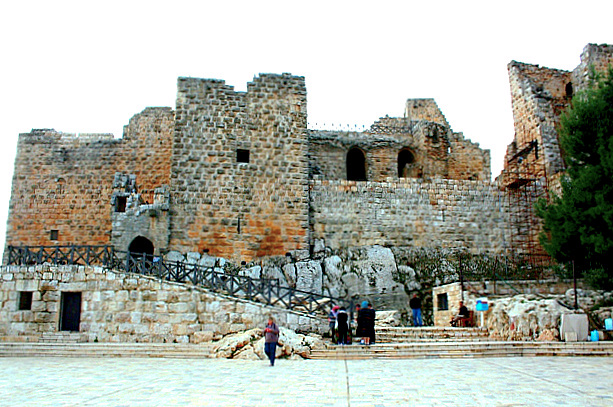
Crusader castles are scattered in large numbers all over the eastern Mediterranean and Middle East (Wikipedia lists 92). Jordan has 6 including Montreal (Shoubak in Arabic) and Kerak which are en route from Petra to Madaba so hence the visits.
Constructed in 1115 by Baldwin I of Jerusalem during his expedition to the area where he captured Aqaba and subsequently captured by Saladin in 1189 after a 2 year siege. There's not much of the original crusader-era constructions remaining - the existing structures being from 14th century Mamluk rebuilding.
Located atop a hill overlooking the town of Kerak the castle was built in the 1100s as a centre of power for a vassal state to the Kingdom of Jerusalem, replacing Montreal. Beseiged several times with control passing through Saladin, Mamluk and Ottoman hands with the latest incident being as recent as a 2016 terrorist attack. Trivia: the first accurate plans of the Castle were drafted in 1929 by architect Francois Anus. It's to Frank's credit that, with that moniker, he survived his schooling to become an architect.
Best known for its Byzantine-era mosaics including the Map of Madaba at the Greek Orthodox Church of St George displaying the major cities and features in the Holy Land. Jerusalem, apparently visible on a good day from the nearby Mt Nebo is placed in the centre of the map.
Abandoned in the 8th century due to earthquakes, Madaba was re-populated in the late 1800s by Christian families from Kerak and boasts of the religious tolerance of its Muslim, Catholic and Greek Orthodox citizens. The Roman Emperor Diocletion, he of the Palace at Split in Croatia stuck with the traditional religious practice of persecuting believers in alternative invisible friends by murdering early Christians at Madabar.
Not particulalry scenic, it's a Must See if only to test the famous buoyancy of the water and to brag that you've been to the earth's lowest land elevation. While its elevation isn't apparent, it sure is buoyant with people bobbing around like corks as were a few discarded cigarette butts, band-aids and some other undetermined horrors.
The minerals in the water and the black mud are supposedly good for you - but it needs to be thoroughly washed off. That stuff clings to skin in a scratchy, greasy, unpleasant coating and it takes several rinses of any clothing to be got rid of.
Not the biggest, not the oldest, not stuffed with the most famous antiquities - but it works. A place to get the feel of the Middle East without the accompanying squalor, overcrowding, noise and constant attempts to extract your money.
The original Philadelphia, so named by the Greeks in the 3rd century BC. Subsequently Roman and Byzantine it was re-named Amman after the Islamic conquests when it became a part of the Muslim empire until the Ottomans were forced out by the Allies in WW1 with the help of the Hashimites who formed the monarchy that continues.
At the centre of Amman, on the highest of the seven hills of Amman is the Citadel with archeological evidence of occupation going back to the Bronze Age. The view from the Citadel includes that of a large Roman amphitheatre at the foot of the hill. The Citadel includes the ruins of the Temple of Herculesa and Byzantine basilica and Umayyad Palace complex and the Jordan Archaeological Museum whose collection includes some of the Dead Sea Scrolls. The Israelis apparently have the others.
Jerash reached its peak under the Romans during the 3rd century AD. By the time the Crusaders passed through the area the city was uninhabited. A strong earthquake in 749 AD destroyed large parts of it, subsequent earthquakes added to its destruction. What was left was rediscovered in 1806 and despite is ruined state it is an impressive collection of partly restored Greco-Roman collonades, amphitheatres, columns, hippodrome, temples and still buried ruins spread over a huge site.
About 10 kilometres from Jerash, beside the hilly town of Ajloun on pine covered mountains, Ajloun Castle (Qal'at ar-Rabad) was built in 1184 by a nephew of Saladin. It protected the communication routes between south Jordan and Syria, and was one of a chain of forts, which lit beacons at night to pass signals from the Euphrates as far as Cairo. Its hilltop position provides a panoramic view of the Jordan Valley.















